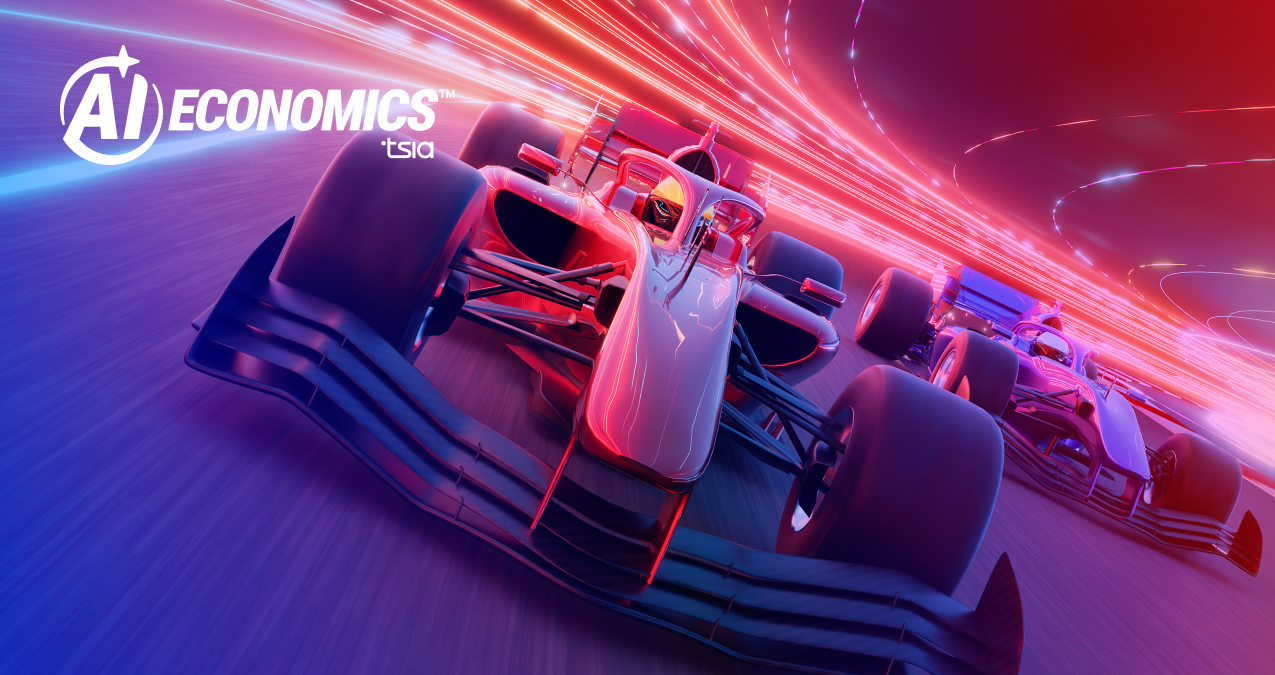For many established businesses, product led growth (PLG) is new and forward thinking in the strategy to grow recurring revenue.
By recognizing that the technology product is the only scalable differentiator they have, and by turning their product into a virtual customer success manager, businesses can reap the rewards of scalable growth.
Product Led Growth (PLG)[i] is a strategy centered on applying a digital product to the marketing, sale, and successful growth of a supplier’s value proposition. The product led growth go-to-market strategy is realized by building the methods of discovery, acquisition, adoption, retention, and expansion around the product itself. The product is not only creating the promise of value but plays a starring role in actually delivering the value.
The Promise of Growth
Why is the B2B technology industry so focused on product led growth these days? It’s the promise of fast and rapid growth and related rewards.
The premise of ‘grow fast or die slow’, documented by McKinsey back in 2014, illustrated that growth trumps all when it comes to market cap, and that sustaining growth is really hard. However, the faster companies can grow the more likely they are to have breakaway success, leaving others trailing their success.
This has fueled the notion of frictionless customer acquisition as fast as digitally possible, where network effects and viral attributes play a crucial role in fast growth. The land grab is the name of the game and product led growth is seen as the only scalable differentiator a company has to achieve that.
From Sales Led Growth to Product Led Growth
Before the term product led growth (PLG) became popular, it was simply thought of as a self-service way for the customer to discover and intuitively use a product. This is sometimes referred to as the ‘upside down’ model, because it’s the very opposite of the traditional sales model that was sold to the senior executive, before the user ever saw, let alone experienced, the product.
Two of the most significant industry trends influencing the PLG wave are the consumerization of IT and the shift to subscription and pay-as-you-go models. These trends have been fueled from the proliferation of the connected cloud[iii] and connected cloud services[iv].

PLG was made popular with consumer products with very large horizontal markets. These consumer products were wooing users one at a time with impactful and frictionless experiences to easily get started and progressively realizing increased value over time. In doing so, they became loyal customers spending an increasing share of their wallet for the consumer service in question. Consumer products exemplify these experiences such as Spotify, Amazon retail experience, and many of my favorite fitness apps.
The Presale Role of Product
In the context of acquisition, the premise of PLG is that companies allow people to use a limited version of their product for free indefinitely (freemium) or use the full version of the product for a limited time, or a combination of both, while managing them through conversion to a paying customer.
Product led growth starts with a single end user discovering the product. As the product provides value to users, these users are expected to convert to paying customers. This process is depicted in the diagram below.

The Post-Sale Role of Product
The more value the paying customers continue to realize from using the product, adoption increases and expands with more users (upsell) and more functionality (cross sell). This increased adoption translates to retention, value realization, and growth. As the customer footprint grows, they may standardize on the given solution and the supplier may become a true strategic partner. These flywheel relationships are depicted in the diagram below.

The B2B Product Opportunity
The successes in the business-to-consumer (B2C) space in delivering simpler, easier to use products with a consumer grade experience, has led to a seismic shift in business-to-business (B2B) user experiences. An ever-increasing number of B2B businesses take prospects on a value journey with the goal of passing a well-baked Product-Qualified Lead (PQL) to sales rather than the ‘par-baked’ Marketing-Qualified Leads (MQL).
The beginning of this value journey is realized through access to full products for a limited time (free trials) or access to limited product capability indefinitely (freemium) or both. Sales effort to close that customer is reduced as the value proposition has, at least in part, been realized.
The concept of a customer experiencing some value of your product ahead of a (high) paywall is daunting to many established businesses who have conducted traditional sales and marketing methods for decades with a complex product, however B2B companies can ignore at their peril that product led growth is a company’s only scalable differentiator.
At TSIA, we can demystify product led growth by busting a few myths and zooming in on some realities to help established B2B companies identify a viable journey towards leveraging their products to scale and grow their business.
This is a topic I also discuss in the webinar “Product Led Growth – Myths and Realities".
Smart Tip: Embrace Data-Driven Decision Making
Making smart, informed decisions is more crucial than ever. Leveraging TSIA’s in-depth insights and data-driven frameworks can help you navigate industry shifts confidently. Remember, in a world driven by artificial intelligence and digital transformation, the key to sustained success lies in making strategic decisions informed by reliable data, ensuring your role as a leader in your industry.









